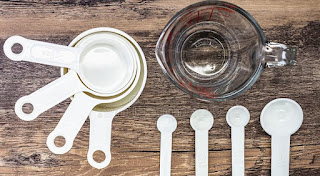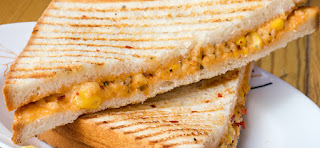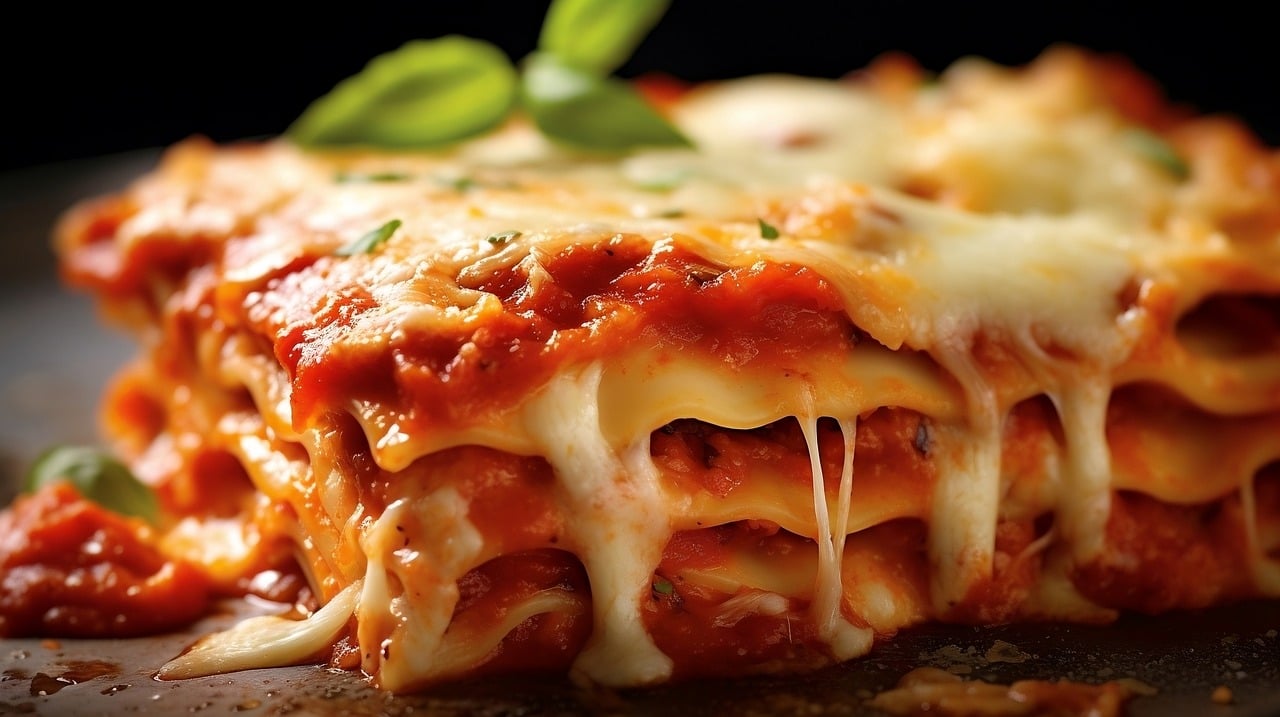Measurements in recipes can often be confusing whether refering to weights in ounces and pounds, or grams and kilograms, and then there are volumes in milliltres and litres, teaspoons, tablespoons and even cups!
Quick and easy conversions can sometimes be problematic, but surely cooking should be easy.
Certainly when it comes to sandwiches and snacks, measurements or quantities of ingedients and fillings are often subjective, based purely on the preferences of the person making it. The ratio of one ingredient to another may rely on personal taste and preference rather than hard and fast quantities.
With our toasted sandwiches we give a guide to the quantities and measurements we have used in our recipes, but these are not to be read as exact as your appliance may be of a slightly different size anf fill depth.
However, we have tried to detail below, the most straightforward weights and measures you are likely to come across in an easy reference guide.
What does that mean?
Firstly, we need to talk about abbreviations that you may come across in different recipes.
These usually fall into two categories, namely Imperial and Metric and as we shall see later, are the main requirements when it comes to conversions.
Imperial Measurement Abbreviations
- tbsp = tablespoon
- tsp = teaspoon
- oz = ounce
- fl.oz = fluid ounce
- c = cup
- pt = pint
- lb = pound
Metric Measurement Abbreviations
- ml = millilitre
- g = gram
- Kg = kilogram
- L = litre.
What is the difference between weights and measures?
Weights are either decribed in metric (grams or kilograms) or imperial (ounces or pounds).
In metric... 1 kg = 1000 grams
In imperial... 1 lb = 16 oz
Measures, often refered to as volumes, are decribed in metric (millilitres or litres) or imperial (fluid ounces, pints or even spoons).
In metric... 1 L = 1000 ml
In imperial... 1 tbsp = 3 tsp and... 20 fl.oz = 1 pt
Also, more so in the U.S. the standard / imperial measure of the cup is often used. This can be used for either volume or weight in certain circumstances, but is not widely used here in the UK.
1 cup = 8 fl.oz or 16 tbsp (or in baking terms 4.5 oz flour or 7 oz sugar for example). But this gets even more confusing as there are the US legal cup and the Imperial cup whose measurements differ slightly, so we prefer to stay with metric in most cases.
How to convert Imperial to Metric?
There are several much used conversions from which all other quantities can be calculated.
For weights...
- 1 gram = .035 ounces
- 100 grams = 3.5 ounces
- 500 grams = 1.1 pounds
- 1 kilogram = 35 ounces
- 1 kilogram = 2.2 pounds
- 454 grams = 16 ounces = 1 pound
- 1 tsp = 5 ml
- 1 tbsp = 15 ml
- 1 fl.oz = 30 ml
- 1 cup = 237 ml
- 1.76 pints = 1000 ml = 1 litre










A very delightful article that you have shared here. Your blog is a valuable and engaging article for us, and also I will share it with my companions who need this info, Unique Espresso Cups Thankful to you for sharing an article like this.
ReplyDeleteA very delightful article that you have shared here. Your blog is a valuable and engaging article for us, and also I will share it with my companions who need this info, Unique Espresso Cups Thankful to you for sharing an article like this.
ReplyDelete